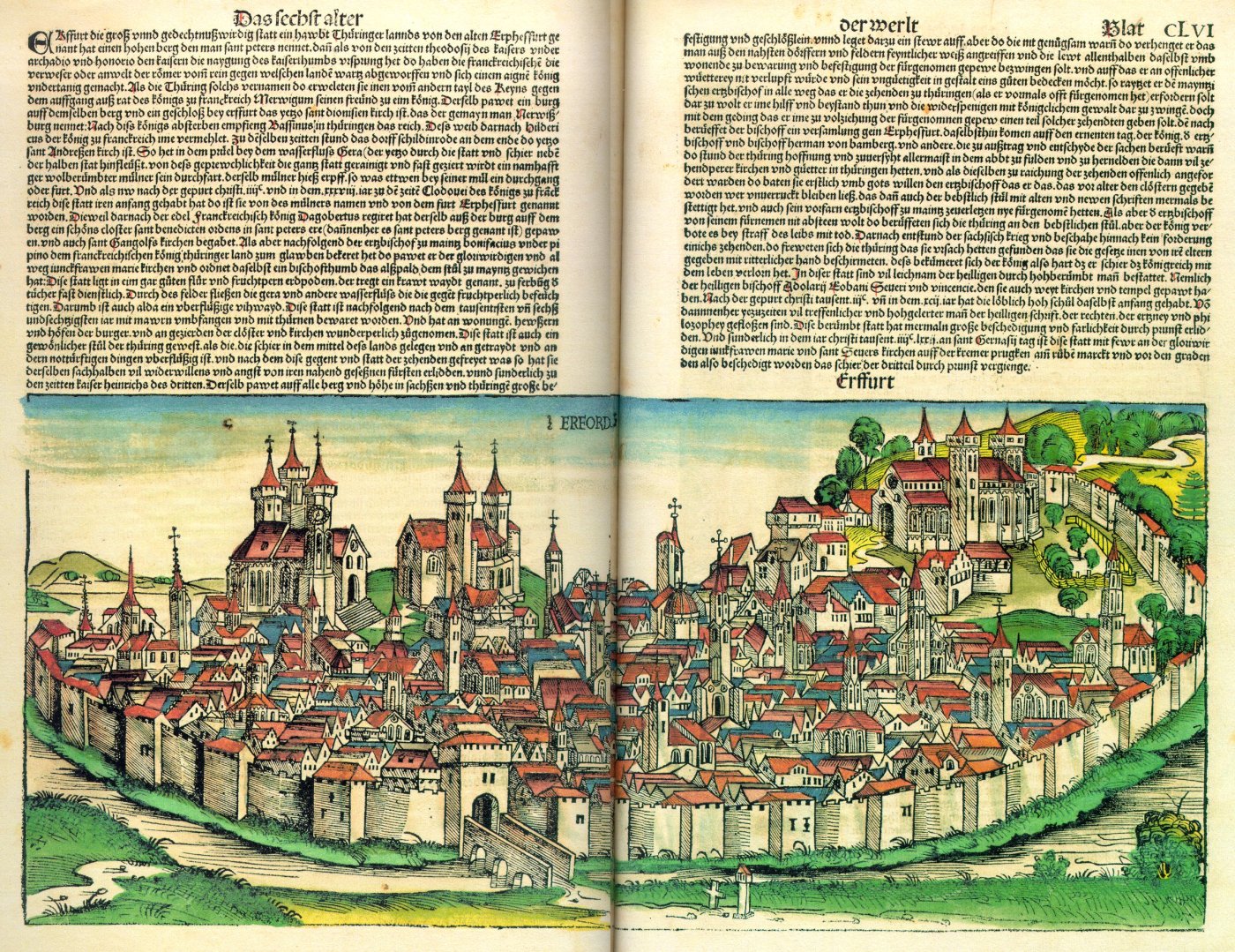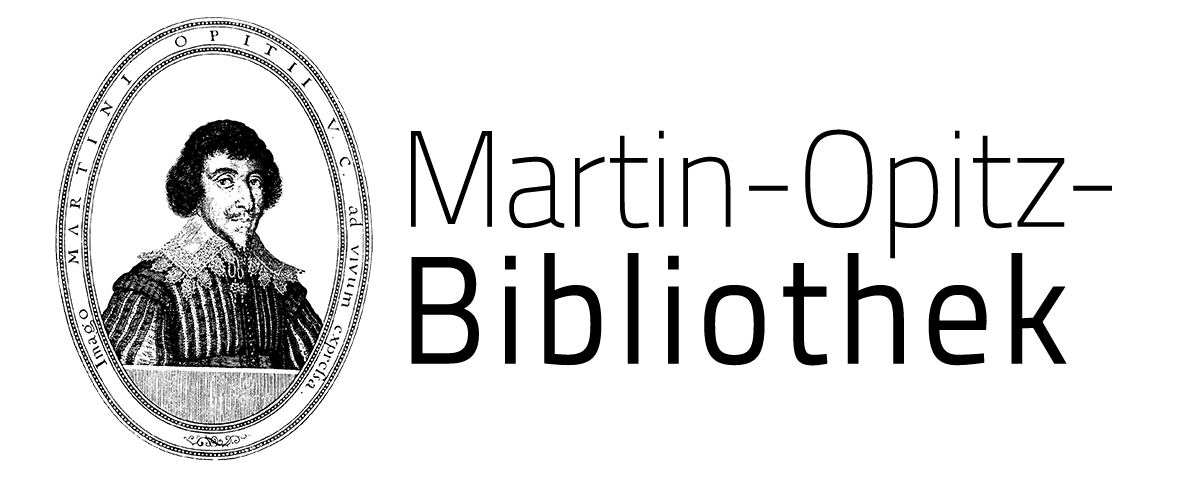Erfurt
 Erfurt () is the capital and largest city of the Central German state of Thuringia, with a population of around 216,000. It lies in the wide valley of the River Gera, in the southern part of the Thuringian Basin, north of the Thuringian Forest, and in the middle of a line of the six largest Thuringian cities (''Thüringer Städtekette''), stretching from Eisenach in the west, via Gotha, Erfurt, Weimar and Jena, to Gera in the east. Together with Kassel and Göttingen, it is one of the cities with more than 100,000 inhabitants lying closest to the geographic centre of Germany. Erfurt is south-west of Leipzig, north-east of Frankfurt, south-west of Berlin and north of Munich.
Erfurt () is the capital and largest city of the Central German state of Thuringia, with a population of around 216,000. It lies in the wide valley of the River Gera, in the southern part of the Thuringian Basin, north of the Thuringian Forest, and in the middle of a line of the six largest Thuringian cities (''Thüringer Städtekette''), stretching from Eisenach in the west, via Gotha, Erfurt, Weimar and Jena, to Gera in the east. Together with Kassel and Göttingen, it is one of the cities with more than 100,000 inhabitants lying closest to the geographic centre of Germany. Erfurt is south-west of Leipzig, north-east of Frankfurt, south-west of Berlin and north of Munich.Erfurt's old town is one of the best preserved medieval city centres in Germany. The Gera is spanned by the Merchants' Bridge (''Krämerbrücke''), one of the rare bridges with houses built on it. On the Erfurt Cathedral Hill is the ensemble of Erfurt Cathedral—which houses the world's largest free-swinging medieval bell—and St Severus' Church. Petersberg Citadel is one of the largest and best preserved town fortresses in Central Europe. Erfurt's Old Synagogue is the oldest synagogue in Europe, and together with the , which was only rediscovered in 2007, and the , forms the UNESCO World Heritage Site .
The city's economy is based on agriculture, horticulture and microelectronics. Its central location has made it a logistics hub for Germany and central Europe. Erfurt hosts the second-largest trade fair in eastern Germany (after Leipzig), as well as the public television children's channel KiKa. The city is on the Via Regia, a medieval trade and pilgrims' road network. Erfurt Main Station is the junction of the Nuremberg–Erfurt and the Erfurt–Leipzig/Halle high-speed lines with the Halle–Bebra railway.
Erfurt was first mentioned in 742, as Saint Boniface founded the diocese. Although the town did not belong to any of the Thuringian states politically, it quickly became the economic centre of the region and was a member of the Hanseatic League. It was part of the Electorate of Mainz during the Holy Roman Empire, and became part of the Kingdom of Prussia in 1802. From 1949 until 1990 Erfurt was part of the German Democratic Republic (East Germany).
The University of Erfurt was founded in 1379, making it the first university to be established within the geographic area which constitutes modern Germany. It closed in 1816 and was re-established in 1994. Martin Luther (1483–1546) was its most famous student, studying there from 1501 before entering St Augustine's Monastery in 1505. Other noted Erfurters include the medieval philosopher and mystic Meister Eckhart (c. 1260–1328), the Baroque composer Johann Pachelbel (1653–1706) and the sociologist Max Weber (1864–1920). Provided by Wikipedia
1
2
3
4
by Beyer <Archivrat in Erfurt>
Published in Zeitschrift für Preußische Geschichte und Landeskunde (1867)
Published in Zeitschrift für Preußische Geschichte und Landeskunde (1867)
Article
5
by Brandis, Mark ; Erfurt, Stephan
Published 1993
Published 1993
Book
6
Published 1933
“...Erfurt...”
Book
7
8
Published 2005
“...Universität <Erfurt>...”
Book
9
Published 1996
“...Stadtarchiv Erfurt...”
Book
10
Published 1991
“...Magistrat <Erfurt>...”
Book
11
12
Published 1997
“...Angermuseum <Erfurt>...”
Book
13
14
15
by Lehmann, Ernst
Published in Mitteilungen des Vereins für die Geschichte und Altertumskunde von Erfurt, 48.1932
“...Städtisches Museum <Erfurt>...”Published in Mitteilungen des Vereins für die Geschichte und Altertumskunde von Erfurt, 48.1932
Article
16
17
18
Published 1903
“...Kunstgeschichte Ausstellung <10, 1903, Erfurt>...”
Book
19
Published 1993
“...Hessisch-Thüringische Brandversicherungsanstalt <Kassel; Erfurt>...”
Book
20
Published 1994
“...Deutscher Genealogentag <46, 1994, Erfurt>...”
Book


